The program strives to spark a life-long interest in science and a foundation for a career in a STEM discipline by exposing students to how scientists think and by giving students direct career-related experiences.
Stream Side Education Program
HRWC offers teachers a free stream side program that engages students in learning about water quality and protecting the watershed. Through hands-on and small group activities, students use the skills they learn in the classroom to evaluate the health of their local creek, stream or river.
The program is offered twice a year in the Fall (September/October) and Spring (April/May) for 4th-12th grade students during the school day. Teachers work with HRWC staff to schedule a date, time, location (stream or waterway close to the school) and number of classes. HRWC Coordinators work with teachers to determine best lessons to meet grade-specific goals.
On the program day, HRWC staff and a group of trained volunteer educators set up experiment stations before the students’ arrival. Students are separated into small groups and assigned to stations staffed by a volunteer. HRWC supplies worksheets for students to fill out at each station. Volunteers work with each group in timed increments. Teachers are free to interact with each group or assist as they see fit.
For longer sessions, a lunch break is scheduled. Transportation to and from the site and lunch are not provided. Parent volunteers are recommended.
Teachers can choose from ten activities that can be tailored for different age groups and class sizes. Most teachers select two to four activities for the day. HRWC staff works with teachers to pick the best combination for their students. Each group will collect data that can be used back in the classroom.
Stream Side Activities
| Activity | Description |
| Benthic Macroinvertebrates Collection | HRWC volunteers collect materials from the stream. Students collect and sort insect larvae and other small creatures. |
| Benthic Macroinvertebrates Identification | Students sort and identify benthic macroinvertebrates. Appropriate for classroom and streamside visits. |
| Conductivity | Using conductivity meter, students measure the conductivity of local water samples. Appropriate for classroom and streamside visits. |
| Dissolved Oxygen | Students use a chemical indicator test to measure the amount of dissolved oxygen in local water samples. Best for secondary students. |
| pH | Students use a pH kit to measure the pH of local water samples. Appropriate for classroom and streamside visits. |
| Stream Discharge | Students measure stream speed across a transect, then calculate discharge. Some students enter the stream. Best for secondary students. |
| Stream Erosion | Students perform experiments to see how variables of slope, amount and pulse affect erosion. Appropriate for classroom and streamside visits. |
| Stream Speed | Students measure the speed of the stream. |
| Streams as Homes | Students observe and discuss the variety of habitats in the stream. |
| Temperature | Students use alcohol thermometers to measure the temperature of the stream. |
| Turbidity | Students use a turbidity tube to measure the relative amount of sediment in the stream. |
Stream Health Videos
Here are 9 videos covering different water quality testing parameters. Each has supporting educational materials and student question pages. Note that different parameters are better suited for different ages and class topics.
How Can We Help the River Bugs Lesson
In this lesson, students compare data from 2 creeks in the Huron River watershed, analyzing 3 water quality parameters, turbidity (sediment in the water), dissolved oxygen and conductivity. Using a graphic organizer, students make a claim, cite evidence, and explain their reasoning about each parameter and ultimately the parameter’s impact on the health of the creek as well as the bugs in the creek. You can download the student question page here. A key may be obtained for the student page by contacting Jason Frenzel. Thanks to Sr. Rebecca Mierendorf, St. Francis Academy and Ann Novak, Greenhills School for their contributions to this project.
Comparing Creek Health PBL Interactive Lesson
This is an on-line 90 minute lesson in which students analyze data to compare the relative health of 2 creeksheds in SE Michigan. Individual or small group based, this lesson can be taught with up to a full class in 8 virtual breakout rooms.
Students are introduced to characteristics of a healthy local Michigan watershed. Groups (or individuals) create virtual diagrams to represent biotic and non-biotic relationships within the watershed. Then they compare the relative health of 2 creeksheds, using descriptions, data and graphs related to 1 of 8 water quality parameters. Using this information, students then make a claim about the creeksheds, cite their evidence and explain their reasoning. They build a slide to represent their claim. Students do a virtual “gallery walk” to view other’s slides. Students then modify their watershed models to reflect new understandings.
Teacher instructions, presentation slides, and student development slides available for download and use here.
Rocks, water, and bugs
Students look through trays and find macroinvertabrates
Modeling nature
Students see how the slope of a bank affects the way water enters a creek and why too much water moving too fast creates erosion
Measuring stream discharge
By putting a ball in the water and timing how long it takes to get from one point to another, students can measure a stream's velocity
Data
Interested in comparing the data your students collect to similar data sets? Visit our School and Water Quality Data page to learn more.
Volunteers
Volunteers are vetted in advance by HRWC staff. Streamside program volunteers come from all walks of life including teachers, scientists, college students, and passionate locals. They are all trained by HRWC during sessions where they are taught how to engage students of varying ages in the different experiments. Visit the Streamside Education Volunteers page to learn more or sign up.
History
Since 2012, trained volunteers have annually led 1,500 4th-12th grade students annually from 20 schools in a series of hands-on stream ecology lessons. The program and educational worksheets were designed by the late Dave Wilson, a retired Vanderbilt University chemistry professor and HRWC board member. The educational materials were later integrated with local curriculum standards by Janet Kahan, HRWC’s environmental education consultant and a former Ann Arbor Public Schools Environmental Educator.
Ready to get started?
HRWC’s streamside education program can host a limited number of outings per season. We ask teachers to schedule events three to four months in advance. Spots fill quickly so please reach out early! Email Jason Frenzel at [email protected] to begin the process of scheduling a streamside education outing for your students!





